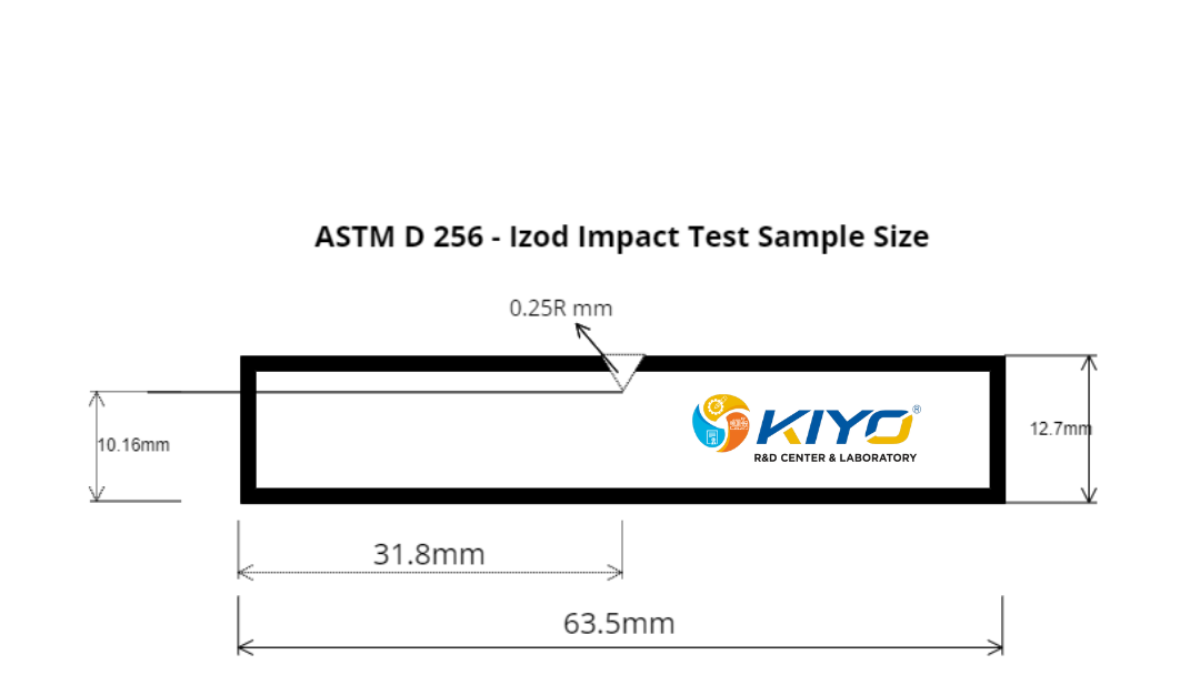What is Impact Testing?
Impact testing measures a material’s ability to absorb energy and resist fracture when subjected to high-speed collisions or force. This form of testing is essential for determining a material’s toughness, which is a measure of its capacity to absorb energy up to the point of fracture. It is particularly vital in assessing materials meant for structural and safety applications, where sudden failure could have catastrophic consequences.
Types of Impact Tests
The most common types of impact tests include the Charpy and Izod tests, each offering insights into material behavior under impact conditions:
Charpy Impact Test: Conducted using a pendulum hammer that strikes a notched specimen placed horizontally, the Charpy test is crucial for understanding how materials behave at various temperatures, especially in colder environments where materials tend to be more brittle.
Izod Impact Test: Similar to the Charpy test, the Izod test differs in the positioning of the specimen (which is vertical) and the notch’s location. It provides valuable data on the material’s notch sensitivity and resistance to impact.
Why is Impact Testing Important?
Safety and Performance: In industries such as automotive, aerospace, and construction, materials must withstand sudden shocks and stresses. Impact testing ensures that materials will perform as expected under extreme conditions, enhancing safety and reliability.
Material Selection and Design: By understanding how different materials react to impact forces, engineers can make informed decisions about material selection and product design, leading to innovations that combine strength, durability, and cost-effectiveness.
Quality Control: Regular impact testing as part of quality control processes helps identify inconsistencies and potential failures in materials before they are used in manufacturing or construction, saving time and resources.
Regulatory Compliance: Many industries are subject to strict regulations regarding material properties and safety standards. Impact testing is often a regulatory requirement to ensure that materials meet these standards.
Impact Testing in Industry
The implications of impact testing are far-reaching across various sectors. For example, in the automotive industry, materials used in vehicle frames and body panels are subjected to impact tests to simulate crash scenarios. In construction, materials used in buildings and infrastructure must withstand impacts from natural disasters such as earthquakes and hurricanes.
Future Perspectives
As materials science continues to evolve, so too does the methodology and technology behind impact testing. Advancements in testing equipment and techniques allow for more precise and detailed analysis of materials under impact. Moreover, the development of new materials with unique properties necessitates ongoing research and testing to ensure their suitability and safety for intended applications.
Conclusion
Impact testing is more than just a routine check—it’s a fundamental process that ensures materials can meet the demanding conditions of real-world applications. By accurately assessing material toughness and resistance to impact, industries can enhance safety, reliability, and performance, paving the way for innovative uses of materials in various fields. As we continue to push the boundaries of material science, the role of impact testing will undoubtedly remain pivotal in the development and certification of materials for the future.

